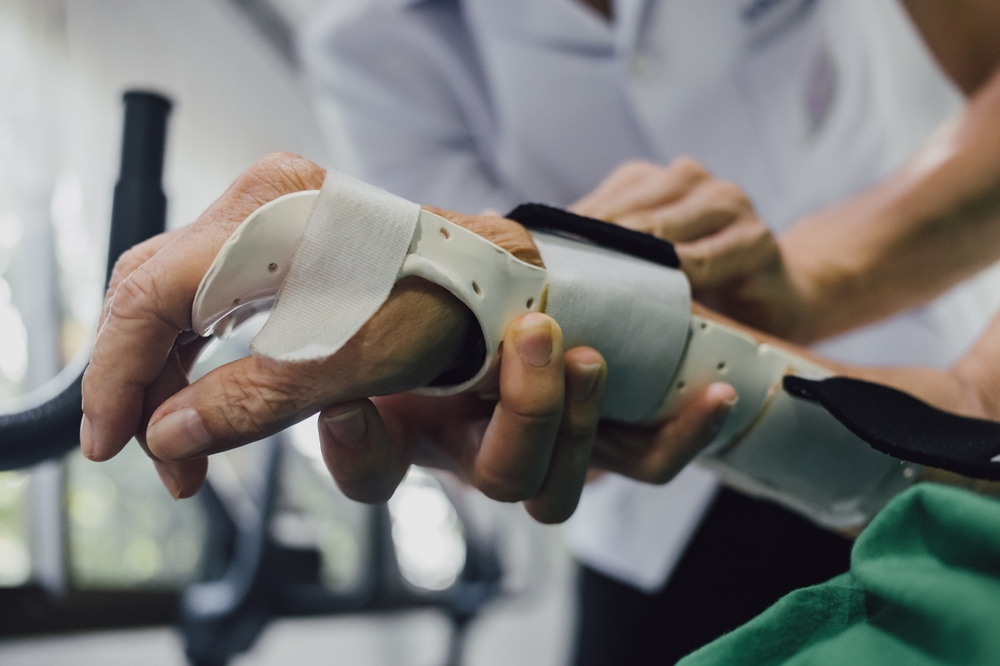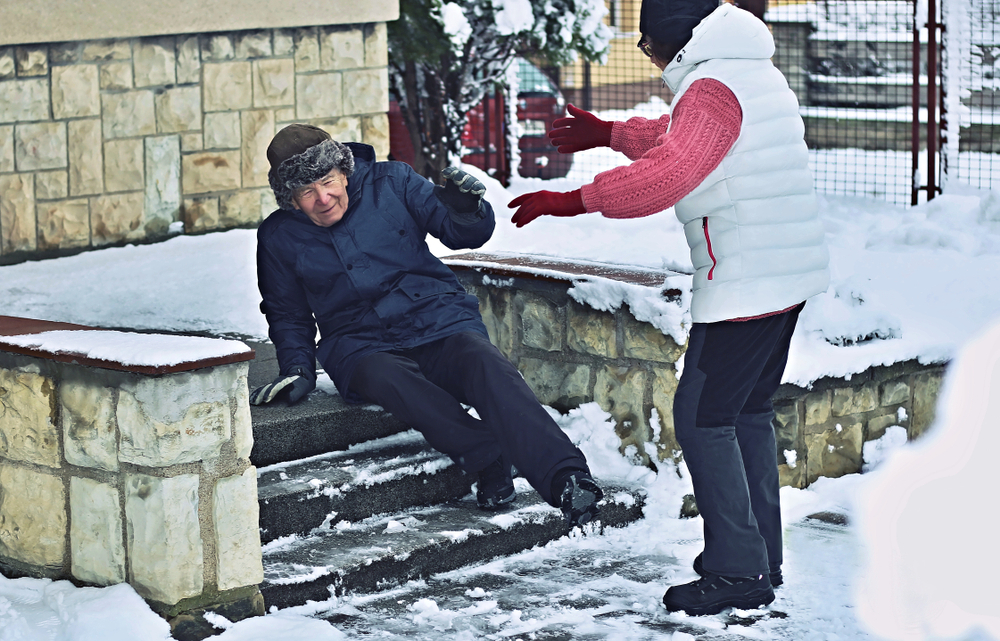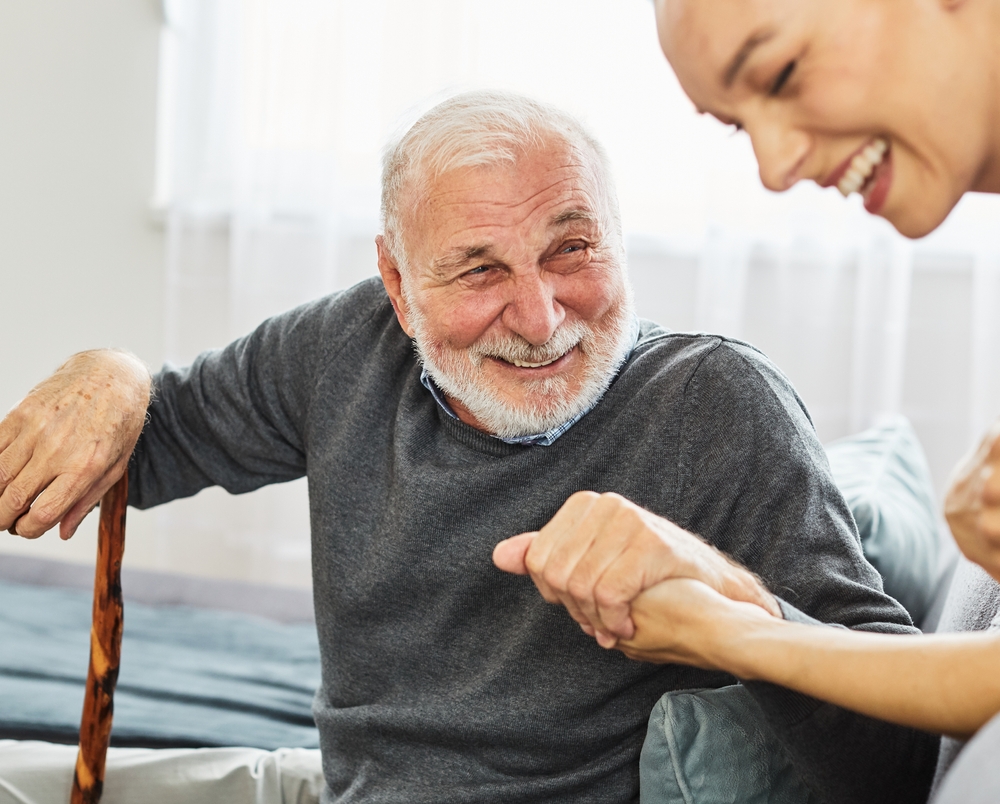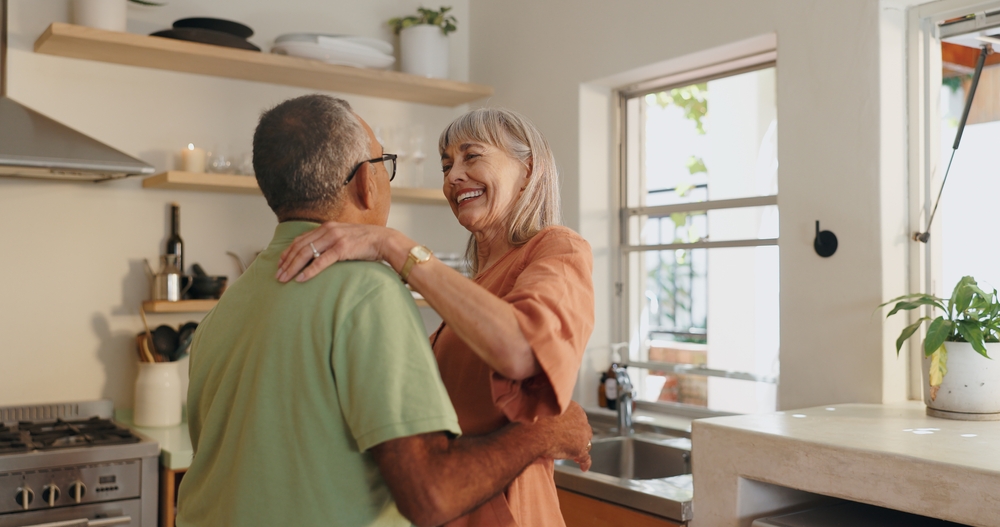Make an Appointment
Arthritis is one of the most common causes of joint pain and stiffness, affecting millions of people worldwide. It can make simple tasks, like opening jars, walking up stairs, or getting out of bed, feel challenging. While medication and lifestyle changes play a role in managing arthritis, physiotherapy is one of the most effective ways to reduce pain and improve mobility.
This often raises questions like:
- What’s a simple tip to relieve arthritis pain easily?
- How exactly does physiotherapy help someone with arthritis?
- What works for excruciating arthritis pain?
- How do you get rid of stiffness from arthritis?
The good news is that arthritis doesn’t have to stop you from living an active, fulfilling life. With the right physiotherapy strategies, you can ease stiffness, reduce pain, strengthen joints, and protect them for the future.
In this guide, we’ll explore what arthritis is, why physiotherapy is so effective, and simple techniques that can make a big difference to joint health.
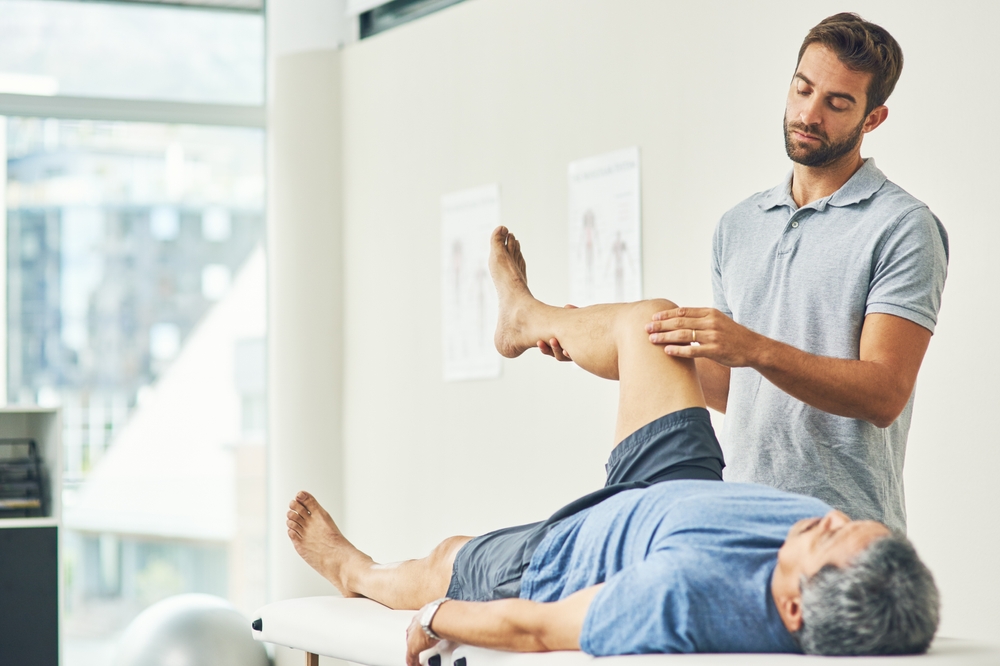
Understanding Arthritis Pain and Stiffness
Before we look at how physiotherapy helps, let’s understand why arthritis causes pain and stiffness in the first place.
What is Arthritis?
Arthritis is a term that covers more than 100 types of joint disorders. The most common include:
- Osteoarthritis (OA) – Wear and tear of the cartilage in joints, leading to pain and stiffness
- Rheumatoid arthritis (RA) – An autoimmune condition that causes joint inflammation and swelling
- Psoriatic arthritis – Linked to the skin condition psoriasis, causing joint pain and stiffness
- Gout – Sudden, severe joint pain caused by uric acid crystal build-up
Regardless of the type, arthritis often leads to similar symptoms.
Why Does Arthritis Cause Pain?
- Inflammation inside the joint leads to swelling and tenderness
- Cartilage breakdown exposes sensitive bone surfaces
- Muscle weakness around the joint increases strain
- Joint deformities or misalignment make movement harder
Why Do Joints Feel Stiff?
Many people with arthritis notice stiffness:
- In the morning – joints feel “rusty” after being still overnight
- After sitting too long – lack of movement makes joints less flexible
- In cold or damp weather – changes in temperature can affect joint fluid and stiffness
How Arthritis Affects Daily Life
- Simple movements like gripping, bending, or climbing stairs may feel painful
- Fatigue from pain can affect mood and motivation
- People may avoid movement, which ironically makes stiffness worse
The key to managing arthritis is staying as mobile as possible without overloading the joints - That’s where physiotherapy comes in.
For more on arthritis basics, visit Arthritis Australia – what is Arthritis.
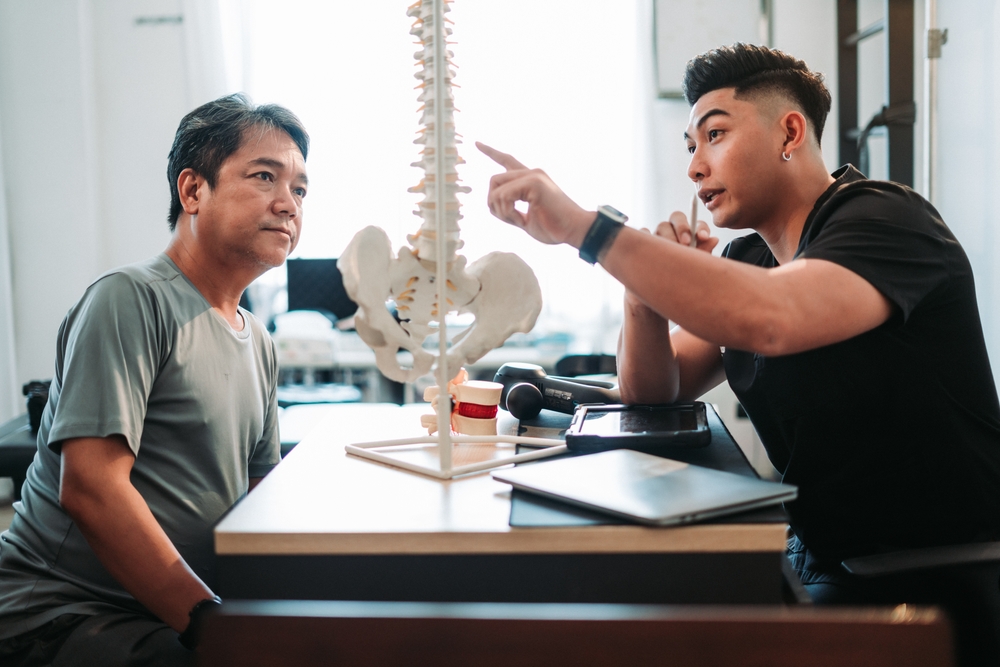
How Physiotherapy Helps Arthritis
Physiotherapists specialise in improving joint function, reducing pain, and preventing further damage. They focus on active treatments that help you move better rather than just relying on rest or medication.
Pain Relief Techniques
Physiotherapists use a range of treatments to relieve arthritis pain:
- Gentle joint mobilisation – hands-on techniques that improve joint movement
- Soft tissue massage – reduces muscle tension around painful joints
- Heat or cold therapy – heat relaxes tight muscles, while cold reduces inflammation
- Taping or bracing – provides extra joint support during activities
Tailored Exercise Programs
Exercise is one of the most important ways to manage arthritis, but it must be specific to your condition. Physiotherapists create programs that:
- Strengthen muscles around joints, reducing strain
- Improve flexibility and range of motion
- Enhance balance and posture to protect joints
- Include low-impact cardio like swimming, cycling, or walking
Even a few minutes of daily movement can prevent stiffness from worsening.
Posture and Movement Coaching
Many people with arthritis unconsciously move in ways that increase pain. Physiotherapists teach:
- Safer ways to bend, lift, or get out of chairs
- Proper posture for sitting and standing
- Joint protection strategies to reduce unnecessary stress
Hydrotherapy (Water-Based Exercise)
Exercising in warm water reduces pressure on joints and makes movement easier. Hydrotherapy:
- Improves mobility without joint impact
- Relieves stiffness with gentle warmth
- Builds strength in a safe, supportive environment
Education and Self-Management
A key part of physiotherapy is understanding your condition. Therapists explain:
- Which activities are safe and which should be modified
- How to pace yourself to avoid flare-ups
- How to combine therapy with medication, diet, and lifestyle changes
Assistive Devices
Physiotherapists may recommend:
- Walking aids like canes or trekking poles to reduce joint load
- Splints or braces for hands, knees, or ankles
- Ergonomic tools for daily activities like cooking or gardening
With the right guidance, physiotherapy empowers you to manage arthritis long-term.
For more therapy options, visit Physiotherapy services at Physio Inq.
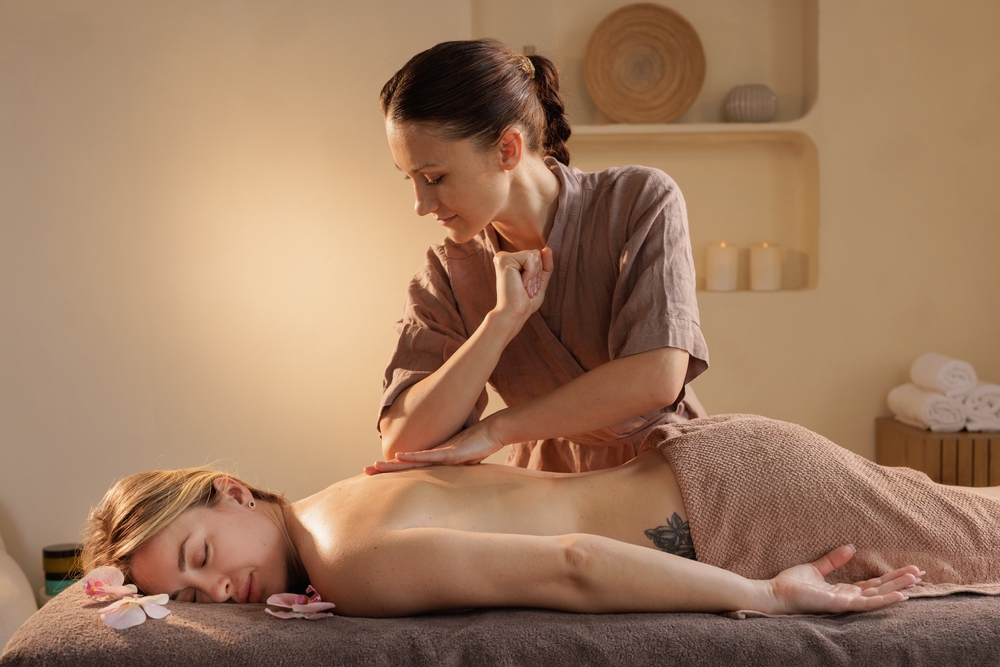
Simple Ways to Relieve Arthritis Pain and Stiffness
Alongside physiotherapy, there are simple daily strategies to make arthritis more manageable.
Keep Moving – Even Gently
- Avoid long periods of sitting; get up and stretch every 30 minutes
- Try gentle range-of-motion exercises in the morning to ease stiffness
- Low-impact activities like swimming, tai chi, or yoga keep joints flexible
Apply Heat or Cold
- Heat packs help relax tight muscles and reduce stiffness
- Cold packs soothe inflammation after activity or flare-ups
- Always wrap heat or ice packs in a towel to protect your skin
Pace Your Activities
- Break tasks into smaller steps with rest in between
- Alternate heavier tasks with lighter ones
- Learn to stop before pain becomes severe
Support Your Joints
- Use cushioned shoes and supportive insoles for walking
- Consider a brace or splint for painful joints during certain activities
- Use ergonomic tools for cooking, gardening, or opening jars
Maintain a Healthy Weight
- Extra body weight adds more stress to weight-bearing joints like knees and hips
- Losing even a small amount of weight can significantly reduce pain
Try Gentle Stretching
- Stretching keeps muscles and joints supple
- Simple stretches for hips, knees, hands, and spine help prevent stiffness
Consider Hydrotherapy or Warm Baths
- Exercising in warm water is soothing and reduces stiffness
- Even a warm bath at home can help relax joints
For more self-help tips, visit Arthritis Australia – Managing Arthritis.
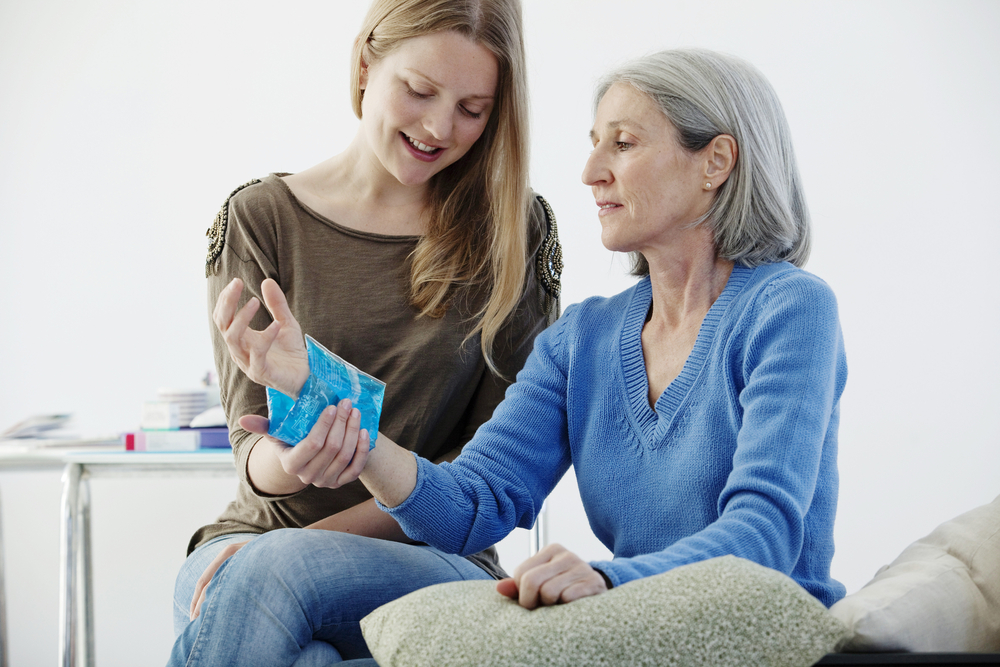
Physiotherapy for Severe or Excruciating Arthritis
Sometimes arthritis pain becomes severe enough to feel excruciating. When this happens, physiotherapists can still help with specialised strategies.
Managing Flare-Ups
- During a flare-up, the focus is on pain relief and reducing swelling rather than intense exercise
- Gentle movement, heat/cold therapy, and temporary rest can ease symptoms
- Physiotherapists guide you on when and how to safely resume exercise
Advanced Therapies
For more stubborn pain, physiotherapists may use:
- Dry needling or acupuncture for muscle tension
- Electrotherapy (TENS) to reduce pain signals
- Aquatic therapy for severe joint stiffness
Planning for Surgery
If joint damage is advanced and surgery is required, physiotherapists help with:
- Pre-surgery strengthening to improve recovery outcomes
- Post-surgery rehabilitation to restore mobility and function
Motivating Yourself to Stay Active
It’s easy to feel discouraged when arthritis pain limits your movement. Physiotherapists:
- Set realistic, achievable goals that keep you motivated
- Celebrate small wins, like walking a few extra steps or improving flexibility
- Provide encouragement and ongoing support
Combining Physiotherapy with Other Care
Severe arthritis pain often improves with a multidisciplinary approach, combining:
- Physiotherapy for movement and pain relief
- Medication prescribed by your doctor
- Occupational therapy for joint protection in daily tasks
- Lifestyle changes, such as healthy eating and weight management
For long-term joint health, a team approach works best.
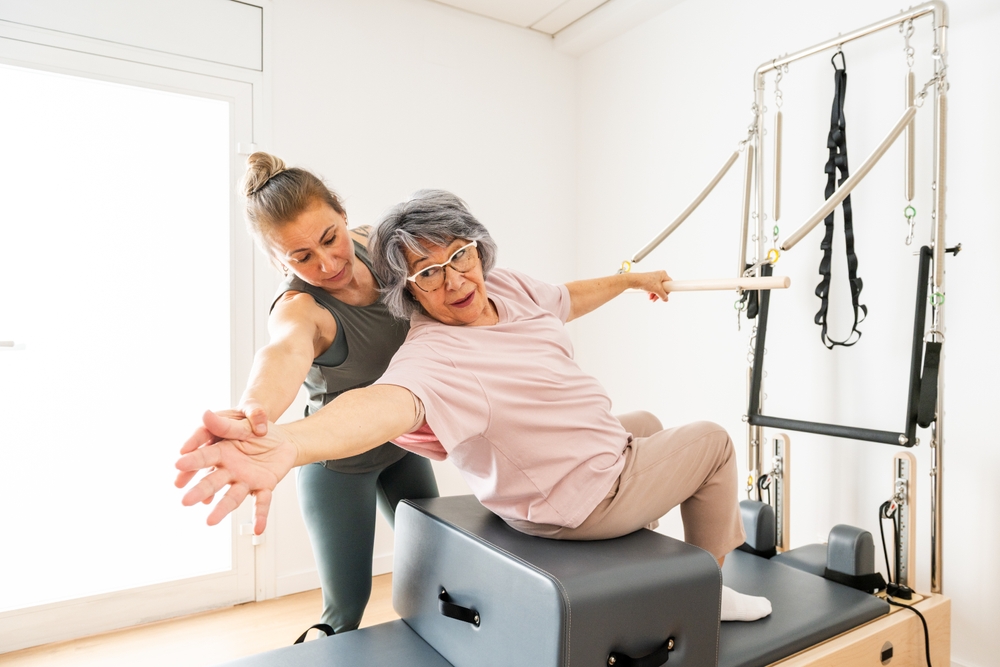
Frequently Asked Questions (FAQs)
What is a simple tip to relieve arthritis pain easily?
Gentle movement and heat therapy can reduce stiffness and ease mild pain. Even a few minutes of stretching each day makes a difference.
How will a physiotherapist help someone with arthritis?
They provide pain relief techniques, tailored exercises, joint protection strategies, and education to help you stay active and independent.
What helps excruciating arthritis pain?
A combination of physiotherapy, medication, gentle movement, and sometimes hydrotherapy helps manage severe pain. In some cases, surgery may be needed.
How do you get rid of stiffness from arthritis?
Regular stretching, staying mobile throughout the day, warm baths, and physiotherapy exercises all help reduce stiffness.
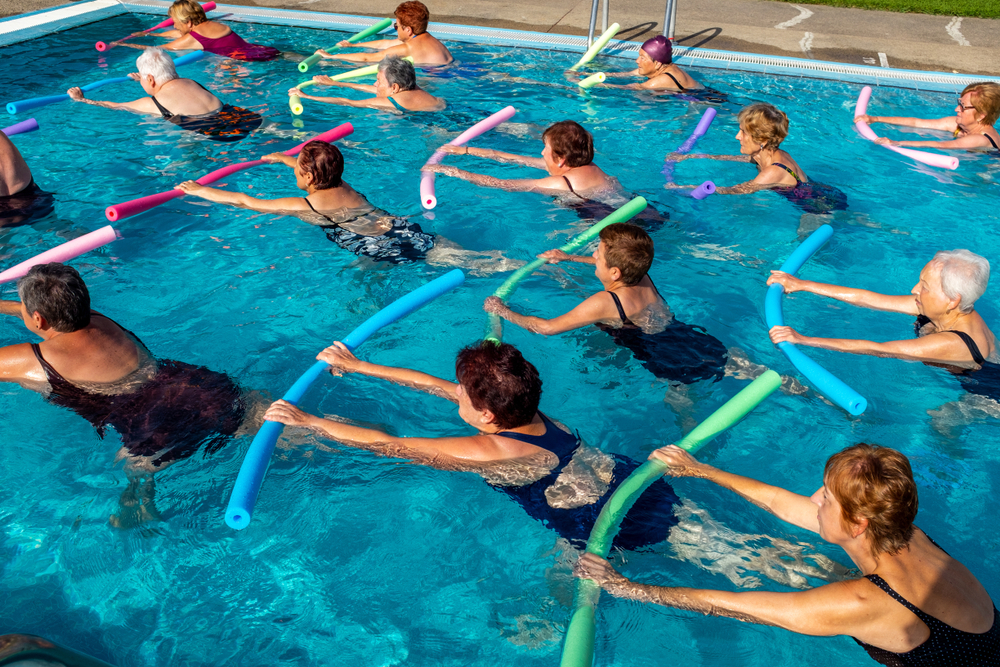
Arthritis pain and stiffness can feel limiting, but it doesn’t have to control your life. Physiotherapy provides practical, proven strategies to reduce pain, improve joint function, and keep you moving confidently. With tailored exercises, joint protection techniques, and ongoing support, you can regain independence and enjoy daily activities again.
Next Step
If you’re living with arthritis pain and stiffness, you can refer someone for a physiotherapy assessment and personalised treatment plan.
Our physiotherapists will work with you to create a plan that reduces pain, improves mobility, and supports long-term joint health.

Date Published: Friday, August 1, 2025
Locate a Aged Care Physiotherapy
Service Near me
Get the experience & convinence you deserve to support your or a loved one's allied health needs.
Our Aged Care Physiotherapy team are currently serving & taking appointments in the following states and regions in Australia:
Need to get into direct contact with ur Client Services team? We're all ears. Call our team directly on 1300 731 733
